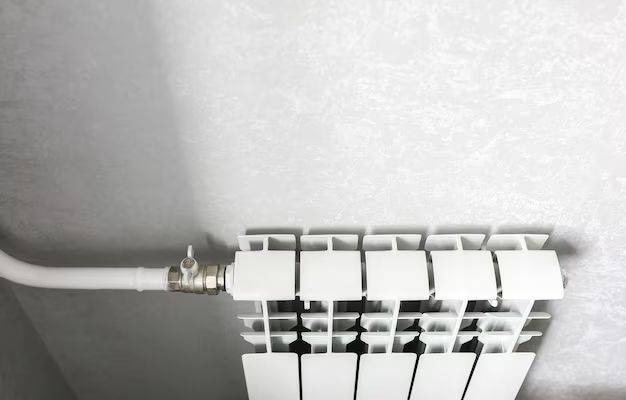An extension cord is a very useful tool that allows you to connect electrical devices to outlets that are far away. However, extension cords can wear out over time, especially at the ends where they plug into outlets and devices. If your extension cord stops working properly, oftentimes you can fix it by replacing the end rather than having to buy a whole new cord. Replacing an extension cord end is a relatively easy project that you can do yourself in just a few minutes with some basic tools.
Page Contents
When to Replace an Extension Cord End
There are a few signs that indicate it’s time to replace the end of your extension cord:
- The prongs on the plug are loose or wiggly
- The plastic casing is cracked or damaged
- You see exposed wire
- The cord doesn’t make a solid connection in the outlet
- The cord feels hot even when not in use
- You get small electric shocks when touching the cord
Any of these are indications that the insulation is compromised and the wiring inside the cord is exposed. This can lead to electric shocks, shorts, fires, and other hazards. As soon as you notice any of these issues, it’s time to repair or replace the extension cord.
What You’ll Need
Replacing an extension cord end is an easy project you can do yourself with just a few supplies:
- Replacement extension cord end
- Wire stripper
- Needle nose pliers
- Electrical tape
- Safety glasses
You’ll need to purchase a replacement extension cord end that matches the gauge and amperage rating of your existing cord. These are available at any hardware store, home improvement store, or online retailer. The other tools you likely already have on hand.
How to Replace an Extension Cord Plug
Here are step-by-step instructions for replacing the end of an extension cord:
- Unplug the cord and cut off the damaged end plug. Cut back any damaged insulation to expose about 1 inch of undamaged inner wiring.
- Strip away 1/2 inch of insulation from the inner wires using your wire stripper. There may be 2 or 3 inner color-coded wires.
- Untwist and straighten the wire ends as much as possible.
- Loosen the screws on the back of the replacement cord end. There will be 2 or 3 color matched screw terminals for the inner wires.
- Use needle nose pliers to tightly wrap the exposed copper end of each wire around its matching screw terminal, following the color coding.
- Tighten down all the screws securely to attach the wires.
- Position the cord end’s plastic housing over the wires and screw terminals. The strain relief sleeve should extend an inch or so down the extension cord.
- Tighten the plastic housing in place using the base attachment screw.
- Wrap electrical tape around the joint between the cord and plug housing for extra durability and insulation.
- Check that no copper wire is exposed by tugging firmly on the cord near the plug.
And that’s it! You’ve successfully installed a new end on your extension cord. Make sure to test that it works before putting it back into regular use. With this simple repair, you’ve saved the cost of having to replace the whole cord.
Tips for Safely Using Extension Cords
Once you’ve replaced the end, be sure to use your extension cord safely:
- Fully insert plugs – Don’t let prongs partially slip out, which can cause overheating
- Don’t overload cords – Check the amp rating and don’t exceed it
- No permanent use – Cords are meant for temporary, not permanent, connections
- Use outdoors rated cords outside
- Inspect often – Check for damage and replace ends proactively
- Don’t string together multiple extension cords
- Don’t run cords under carpets or furniture
- Unplug when not in use
Following these tips will keep your cords in good working order and prevent electrical fires or accidents.
| Gauge | Recommended Max Length | Typical Amp Rating |
|---|---|---|
| 16 | 50 ft | 13A |
| 14 | 100 ft | 15A |
| 12 | 200 ft | 20A |
This table provides recommendations for the maximum safe length of extension cords based on the wire gauge and amp rating.
Conclusion
Replacing an extension cord end is an inexpensive and easy way to revive a damaged cord and avoid having to replace the entire thing. With proper maintenance and safe usage habits, your extension cords can last for years. Be proactive about inspecting for damage and making repairs as soon as any issues arise. With the right safety precautions, extension cords provide a convenient way to connect devices and tools to power sources.
